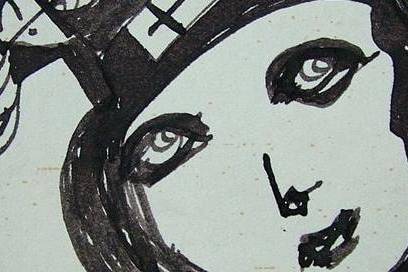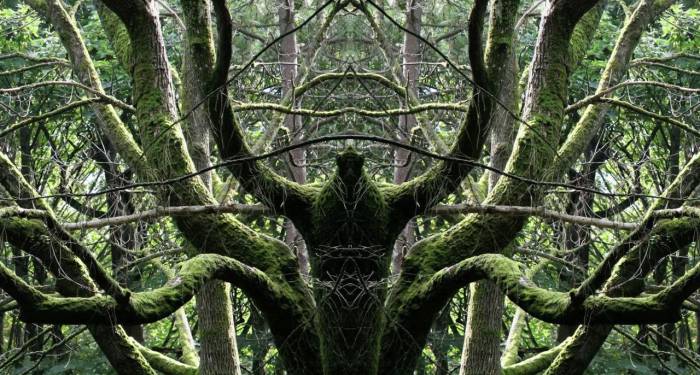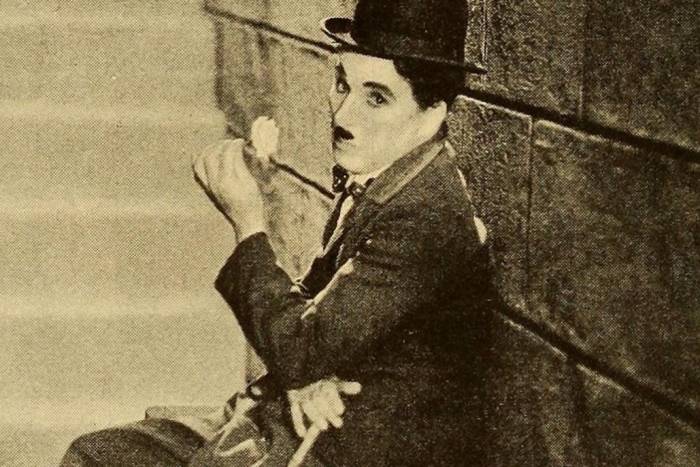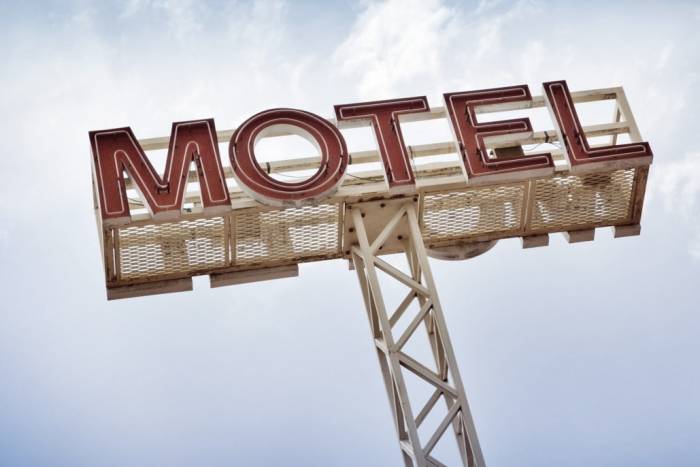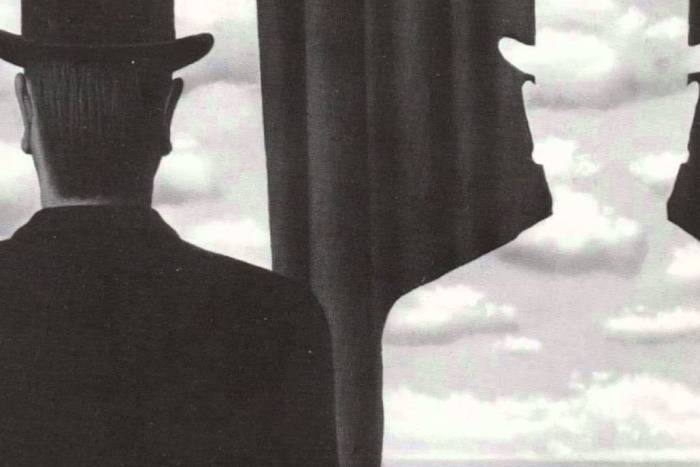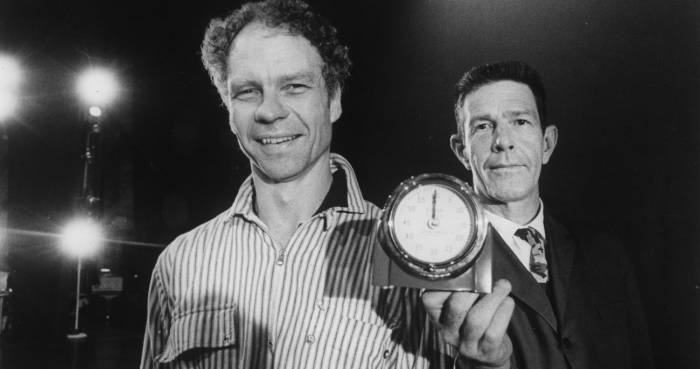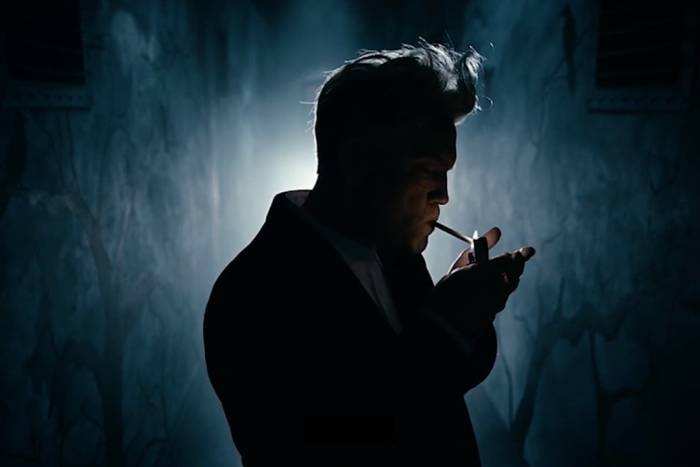Music to Never Forget the Great Alan Lomax
Alan Lomax recorded more than 5,000 hours of music to create an epic archive that we can all now enjoy.
In summer 1941, Alan Lomax traveled through the Mississippi delta in search of a musician called Robert Johnson, whom he wanted to include in the recordings of the Library of Congress’ American Folklife Center. Since he was an adolescent he had accompanied his father, the great folklorist John A. Lomax, to that region in the southern US, where they discovered no other than Huddie Ledbetter, better known as “Leadbelly.” It was Alan Lomax who spent numerous days recording artists such as Jelly Roll Morton and Woodie Guthrie, as well as hundreds of other lesser known musicians so that a testimony of the beauty that existed down there where nobody was looking would be preserved.
The express purpose of his trip to the Mississippi had been “to find the Negro who had had the least contact with jazz, the radio, and with the white man” in order to record the genuine spirit of the region and its culture. One of those places was the Louisiana State Penitentiary, known as “Angola,” where he found Leadbelly and other prisoners who would gather to sing to mitigate their captivity. ”The prisoners in those penitentiaries simply had dynamite in their performances,” Mr. Lomax recalled. ”There was more emotional heat, more power, more nobility in what they did than all the Beethovens and Bachs could produce.”
Another place that Lomax found “where Negroes are almost entirely isolated from whites” was, evidently, in the delta’s plantations, where he met a 26- year-old Muddy Waters and recorded him for the first time in history.
Alan Lomax was born in Texas in 1915 and spent more than half a century recording folk music in the southern US, Haiti and the Bahamas. He recorded Galician fishermen, weavers in the Hebrides, farmworkers, lumberjacks, shepherds in Campania and fortune tellers on the Islands of the Georgia Strait and put them in front of a microphone to create a kind of ‘global jukebox’, as he called the enormous archive of folk music at the Library of Congress, and which was still unknown to the rest of the world. But he also recorded all of those people so that they could hear themselves and appreciate their music with the necessary distance provided by technology. ”The incredible thing is that when you could play this material back to people, it changed everything for them,” Lomax said.
In an inaugural talk at the Smithsonian Festival, to which he was an advisor for many years, the ethnomusicologist said:
In affairs like this we realize our strength. We realize how beautiful we are. Black is beautiful. Appalachia is beautiful, and even old, tired, Washington sometimes is beautiful when the American people gather to sing and fall in love with each other again.
Many of the musicians that he recorded during his travels would later achieve international fame, but Lomax was not interested in simply discovering talent hidden in common people, he also wanted to protect popular traditions from homogenization by the mass media. He inaugurated a movement called “Cultural Equity”, “the right of all cultures to preserve their cultural traditions and reconnect people and communities with their creative legacy.” What Lomax did, in his own words, “was to put sound technology at the disposal of the folk, to bring channels of communication to all sorts of artists and areas” and demonstrate how valuable they were.
But nobody knew better than he did that the important thing was not only the music, but that blues and folk cannot be separated from life and politics, and from the often terrible and oppressive daily reality that those people endured in the southern US; that was what that music was made of. People played and sang as an inseparable part of their daily lives and as a comfort and an inspiration where there was none. As a result, by interviewing singers he ended up recording an oral testimony of their social situation. It is not surprising that the FBI had a file open on Lomax for 30 consecutive years; his work encouraged Afro-American studies and civil rights. With his generous archive, Lomax demonstrated that that marginalized sector of US society was an essential part of American culture, and, in many ways, the most passionate one of all.
“The primary function of music,” he wrote in 1954, “is to remind the listener that he belongs to one certain part of the human race, comes from a certain region, belongs to a certain generation. The music of your place . . . is a quick and immediate symbol for all the deepest emotions the people of your part of the world share.”
Lomax died in 2002 at the age of 87 and left behind a personal collection of 5,000 hours of sound, 3,600ft of film, 2,450 videocassettes and numerous documents that have now been digitized by the Cultural Equity Association that he founded in 1983. His death deserved a memorable obituary in the New York Times as, by then, the mainstream had realized that Lomax had made a difference.
So many regions of the US for the first time gained self assurance, of their paths and roots, and so many of us – among us Bob Dylan – would never have found other ways to feel the world if it hadn’t been for Alan Lomax and his archive. We should celebrate the centenary of his birth by listening to his fascinating recordings. Here’s to him.
Related Articles
Pictorial spiritism (a woman's drawings guided by a spirit)
There are numerous examples in the history of self-taught artists which suggest an interrogation of that which we take for granted within the universe of art. Such was the case with figures like
Astounding fairytale illustrations from Japan
Fairy tales tribal stories— are more than childish tales. Such fictions, the characters of which inhabit our earliest memories, aren’t just literary works with an aesthetic and pleasant purpose. They
A cinematic poem and an ode to water: its rhythms, shapes and textures
Here lies One Whose Name was writ in Water. - John Keats Without water the equation of life, at least life as we know it, would be impossible. A growing hypothesis holds that water, including the
Watch beauty unfold through science in this "ode to a flower" (video)
The study of the microscopic is one of the richest, most aesthetic methods of understanding the world. Lucky is the scientist who, upon seeing something beautiful, is able to see all of the tiny
To invent those we love or to see them as they are? Love in two of the movies' favorite scenes
So much has been said already, of “love” that it’s difficult to add anything, much less something new. It’s possible, though, perhaps because even if you try to pass through the sieve of all our
This app allows you to find and preserve ancient typographies
Most people, even those who are far removed from the world of design, are familiar with some type of typography and its ability to transform any text, help out dyslexics or stretch an eight page paper
The secrets of the mind-body connection
For decades medical research has recognized the existence of the placebo effect — in which the assumption that a medication will help produces actual physical improvements. In addition to this, a
The sea as infinite laboratory
Much of our thinking on the shape of the world and the universe derives from the way scientists and artists have approached these topics over time. Our fascination with the mysteries of the
Sharing and collaborating - natural movements of the creative being
We might sometimes think that artistic or creative activity is, in essence, individualistic. The Genesis of Judeo-Christian tradition portrays a God whose decision to create the world is as vehement
John Malkovich becomes David Lynch (and other characters)
John Malkovich and David Lynch are, respectively, the actor and film director who’ve implicitly or explicitly addressed the issues of identity and its porous barriers through numerous projects. Now
